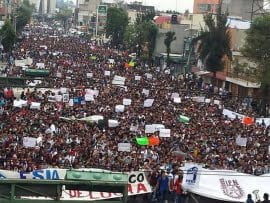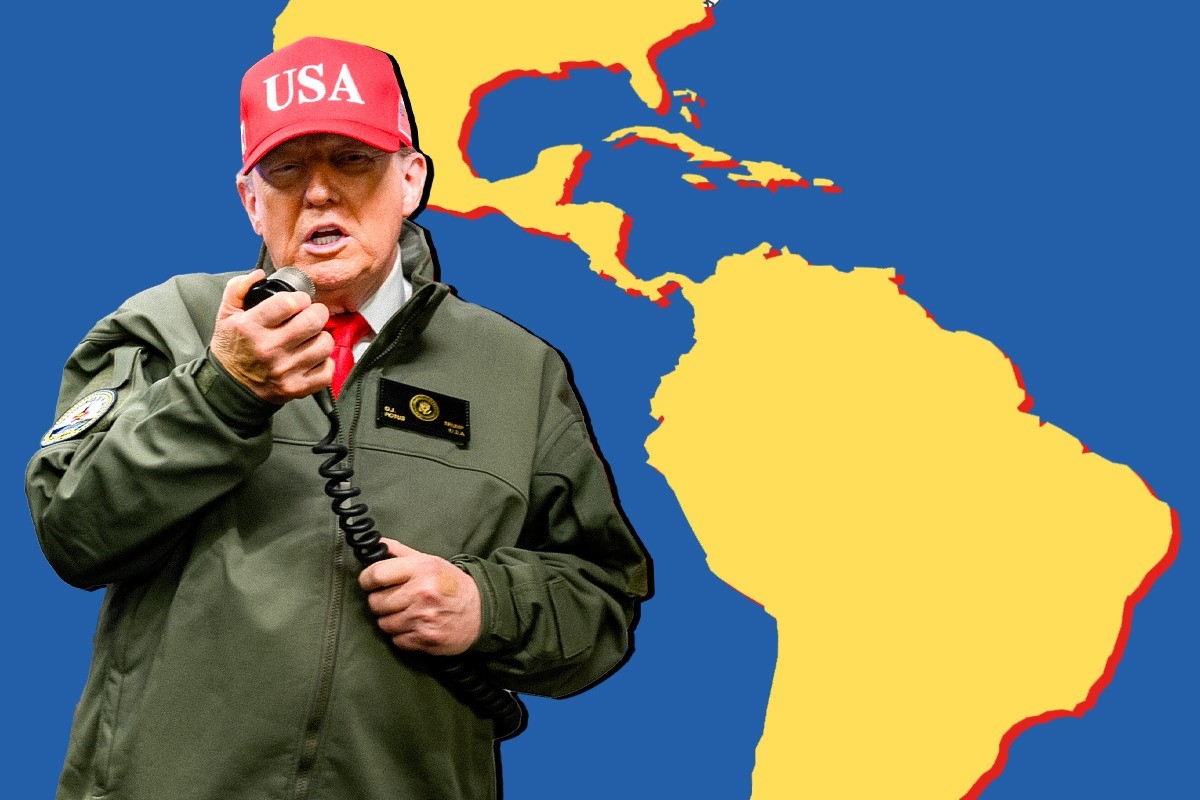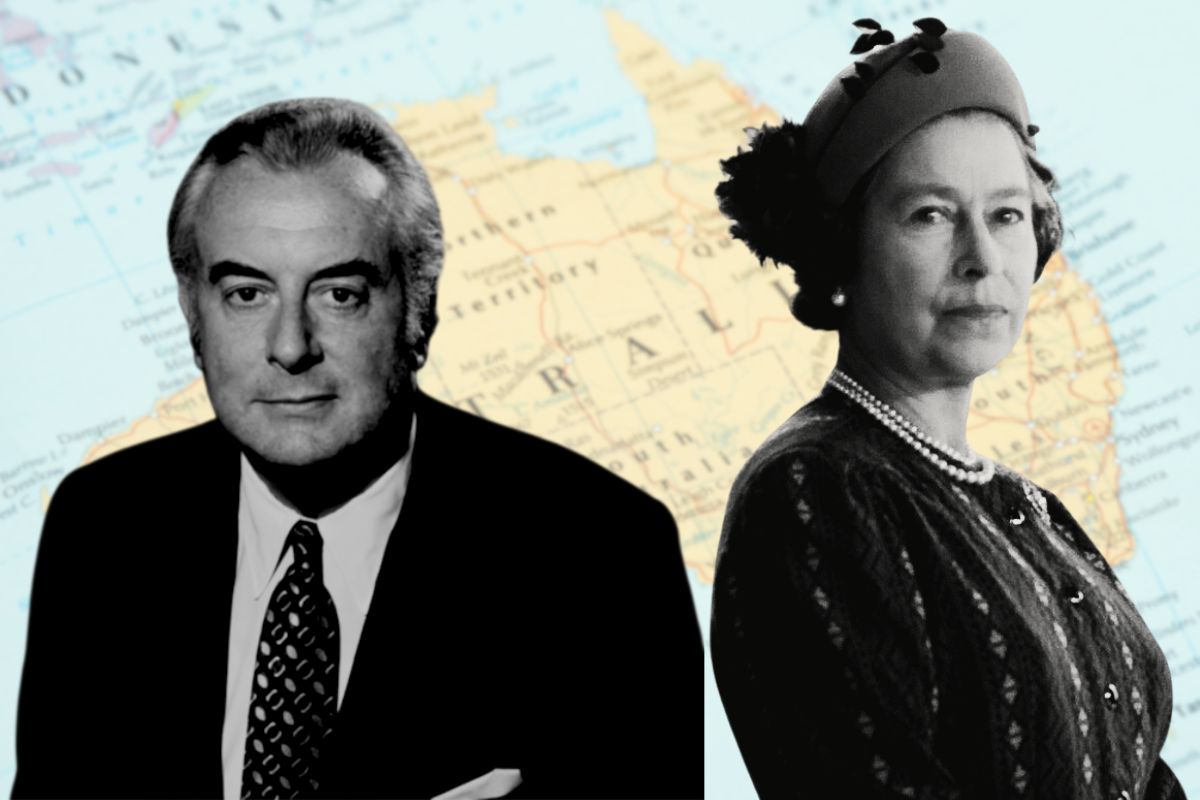It is now a month since the beginning of the movement of students at the National Polytechnic Institute (IPN) in Mexico. This is a huge movement involving tens of thousands of students in dozens of schools, mass assemblies with thousands of participants, which has forced the national government to make important concessions in order to prevent a general explosion of the youth movement.
It is now a month since the beginning of the movement of students at the National Polytechnic Institute (IPN) in Mexico. This is a huge movement involving tens of thousands of students in dozens of schools, mass assemblies with thousands of participants, which has forced the national government to make important concessions in order to prevent a general explosion of the youth movement.
Below is a statement passed by Marxist societies across the country in solidarity with the IPN movement in Mexico:
The Marxist Student Federation, representing students at more than 20 universities in Britain, expresses its solidarity with the struggle of the Instituto Politecnico Nacional students in Mexico. The IPN students have been on strike for over three weeks now demanding an end to repression, better quality of education and an increase in state spending on education.
Through the CLEP organisation we have heard about the massive marches involving tens of thousands of students which are a testimony to the widespread character of the movement which has also received support from students at other universities and from groups of workers and the population in general.
The struggle to defend state education against cuts and to demand that education be of high quality and free of charge is something we understand and identify with. The struggle of the IPN students is an inspiration to us here in Britain, suffering from constant austerity, cuts and even rising tuition fees.
We send our greetings to the Polytechnic students, to its General Assembly and particularly to the comrades of CLEP-CEDEP. We commit ourselves to follow your struggle closely and particularly to oppose any attempt of the authorities to use repression against the movement in general and its spokespersons in particular.
Forward to victory. The struggle pays. International Solidarity.
#TodosSomosPolitecnico
See here for photos of solidarity messages of support from the Marxist societies.
The movement started as a small affair over a seemingly secondary issue. A small group of activists at the ESIA Zacatenco (High School of Architecture and Engineering) decided to occupy the school and declare a strike. Their main concern was over the new internal rules of the IPN and the new curriculum. In reality these two issues are part of an attempt to downgrade the level of education at the IPN and to adapt the curriculum to the needs of the capitalist market which needs cheap labour with only a certain degree of qualification.
The movement, however, quickly gathered support and sympathy from students at other schools of the IPN which saw that the issue also affected them. A general assembly was then called for September 24, at which over 2000 students from all over the IPN were present. It was agreed to send information pickets to all schools, to hold a march on the 25th and then, if there was no reply from the authorities, to march again on the 30th and start a strike in the whole of the Poli.
The mass character of the movement surprised even seasoned activists. On the 25th there was a huge demo of around 25,000 students which went to the head office of the IPN and presented their demands. These were mainly the withdrawal of both the new rules and the new curriculum which had been smuggled in without any consultation.
The general director of the Polytechnic, Yoloxóchitl Bustamante, reacted in a typically arrogant manner, dismissing the demands of the students off hand. At the same time, she hinted at dark motives behind the student protests. This only had the effect of enraging and radicalising the movement further. At the same time the authorities started to use the porros (paid groups of students at the service of the authorities) to infiltrate the movement and to threaten groups of activists.
As the date of the 30th approached, Bustamante made even more inflammatory statements. She claimed that all the issues the students were raising had already been resolved. She added that the only reason why the movement was continuing was that there were “well organised and funded groups of outside agitators” which “for political reasons” were interested in “protracting the movement until October 2nd” to make it coincide with the traditional march to commemorate the 1968 student massacre.
The students reacted to this provocation by holding the largest march of the movement with about 70,0000 present, at which the majority of the students were wearing their IPN credentials visibly. Present were also solidarity delegations from different faculties of the UNAM university, as well as from the UAM. Clearly the movement had widespread sympathy beyond the walls of the IPN. As an anecdote, a group of building workers stopped to greet the march with clenched fist salutes. There were also members of the Mexican Electricians’ Union SME present with their banner. [See video here]
Already early in the morning many schools had been occupied. Mass assemblies were taking place in every school, in some cases involving hundreds, but in the large schools involving thousands of students, voting massively for the strike. The whole of the IPN and also the associated secondary technical schools (Vocacionales) were solidly on strike.
However, the provocations of Yoloxochitl, combined with the organised work of porros had a certain impact, as it fell on the fertile ground of certain anti-political prejudices present among the students. These prejudices, also present during the #yosoy132 youth movement in 2012 are two sided. On the one hand they reflect a healthy reaction of a new generation of youth entering into struggle against the rottenness of official bourgeois politics of all shades. All of them are corrupt, their politics is based not on principles but on selling their votes and basically all of them (PAN, PRI and now also the PRD) apply the same policies against the workers and youth.
However, it also has another side. The authorities of the IPN and the national government have deliberately promoted this mood in order to be able to use it against left-wing student organisations and to prevent the movement from spreading beyond the demands which are specific to the IPN.
They also attempted a manoeuvre aimed at defusing the movement and gaining credit from it. The evening of the 29th a small delegation of students from porros organisations went to the Secretaría de Gobernación (Ministry of the Interior) to hand over a list of demands of the movement (which had not been agreed by anyone). They told the media that they were members of the CLEP (Polytechnic Students Struggle Committee). This had the aim of discrediting the CLEP as sell outs and people who act behind the backs of the movement, but also to set the stage for the following day.
When the huge student march arrived at the SEGOB, to everyone’s surprise the minister, Osorio Chong, came down to meet the students and joined them on the stage, where he said he was prepared to meet their demands and sort everything out in half an hour. The problem was that the demands he was prepared to concede to were not those agreed by the students in the Polytechnic General Assembly (AGP, made up of two representatives from each school) but rather those handed in the night before by the unelected delegation.
At this point there was confusion and bewilderment on the part of the students. Daniel Antonio Rosales, a member of the CLEP who is an elected delegate from his school to the AGP grabbed the microphone from Osorio Chong and addressed the students. He made a number of sharp points: that nothing had been won, that any concessions made were the result of the student struggle not a gracious gift from the minister, and finally that any decision had to be taken by the student assemblies. This and the intervention of other students along the same lines, saved the situation. A proper list of demands was handed over to Osorio Chong and it was agreed that on Friday 3rd they would come back to get a response. [VIDEO HERE min 17:18]
Immediately a vicious media campaign was launched against Daniel and the CLEP. The idea was to say that he was a member of the Morena party (playing on anti-political prejudices) and therefore a representative of obscure political interests alien to the IPN. Agitators of the authorities spoke at some of the assemblies denouncing CLEP members and proposing that they should be removed as representatives to the AGP. Clearly, the authorities had identified what they considered to be the most dangerous force within the movement and wanted to isolate it from the mass of students.
The campaign continued over the following weeks and reached a climax with front page articles in the right-wing rag La Razón, denouncing by name leading members of La Izquierda Socialista, some of them former members of the CLEP, as Morena manipulators of the movement. On the days when these front pages were published, the newspaper was given out for free outside of the IPN to ensure maximum impact.
The CLEP made it clear that any student organisation had the right to be a part of the movement and make proposals. In fact it had been a joint proposal of several activist groups, including the CLEP, which had led to the forming of the AGP, the calling of the demos on September 25th and 30th, and the start of the strike. They added that in any case, the movement had its own democratic structures, elected delegates and that they were of course free to vote for or against the proposals made by the CLEP or anyone else. Only in a couple of schools did this campaign have an effect and CLEP members were removed as delegates. Most of the others have continued to play a leading role in their schools and as AGP delegates.
The fact that the Minister of the Interior had come down to meet the students and was prepared to meet some of their most important demands (the removal of the IPN general secretary, the withdrawal of the internal rules and the new curriculum) was a reflection of the government’s fear that the movement would spread to other universities.
There is in Mexico a general mood of discontent and accumulated anger which so far has found no clear outlet or channel of expression. The government (not just the authorities of the IPN) was frightened that this could be it.
The next step of the movement was the October 2nd march. Here one of the weaknesses of the movement was revealed. The campaign of the authorities saying there were outside “political” manipulators with the sole aim of bringing IPN students to the October 2nd march had a certain impact. Even though the AGP had agreed to mobilise massively to participate in it, there was a furious campaign on social media, spreading false rumours, lies, etc. The result of this and of the fact that perhaps some of the AGP delegates were also affected by the campaign and did not play a full role, was that the presence of the IPN students at the October 2nd march was reduced.
There was also no clear appeal to other sections to join the struggle of the IPN students and no organised campaign to send information pickets to the UNAM, UAM and other universities nor to contact the labour movement. This task was left to small groups of active students, amongst them those in the CLEP and its impact was limited. There was a certain feeling of the movement become enclosed within the walls of the Polytechnic and of being based purely on academic demands relating only to IPN students.
On Friday 3rd, there was another huge march of tens of thousands, to the Secretaria de Gobernación to receive a response from Osorio Chong to the students demands. Again, there was a public dialogue with him in front of the students. Once again the students publicly berated Osorio Chong and also expressed solidarity with the kidnapped students of Ayotzinapa. Members of the CLEP in the AGP played an important role. See Video:
The response of the government contained important concessions. This included the removal of the IPN general secretary, the withdrawal of the internal rules, the withdrawal of the new curriculum, the end of life salaries for former IPN general secretaries, the removal of the Banking Police force from the IPN and a few others. It is true that some of these concessions were a bit vague and there were other points which had not been agreed to. However, these were significant concessions which had been won through the struggle. It was undeniable that the government was worried.
Then the students went back and the AGP met for three long days preparing a response. The movement demanded more clarity and detail for the concessions which it had won and also a whole series of points related to the necessary democratisation of university life. For instance, they argued that it was well and good to remove the general secretary, but that this only meant that the government was going to appoint another one. They demanded democratic elections with student participation.
However, this was not accompanied by a clear plan on how to escalate the struggle to achieve it. The only possible way forward would have been to involve other sections in the struggle: the teachers and non-teaching staff, the UNAM, UAM and other universities, an open appeal to parents, relatives and the labour movement at large. Only by increasing the pressure could more be wrested from the government.
Unfortunately, this was not done and the next demonstration, on October 10th, was still large, tens of thousands, but not as big as the previous one. There was a clear danger that the movement had reached its peak. The authorities started to agitate in the media and through their paid agents amongst the students to put an end to the strike.
The arguments were as follows: the strike is dominated by a radical minority, you have already achieved all of your demands, you are going to lose the academic term, etc. This had little effect. The strike was still solid, but clearly the assemblies were becoming smaller and the number of students directly involved in the strike, guarding the occupied buildings, etc, was smaller.
On the 14th, a delegation of the AGP went to receive the response of the Education Minister to their counter-proposals. This contained some new elements. The government proposed a dialogue with the students which would be broadcast live on TV and the convening of a Congress at the Polytechnic to discuss a renewal of the institution.
The idea of a live televised debate was in fact a very good opportunity which the AGP should take with both hands and use to maximum effect to address the country’s youth and working people. The danger is that the strike, without a clear perspective on how to go forward, could start to weaken, and some schools might put an end to the strike on their own, thus breaking the unity of the movement.
The comrades from the CLEP are putting forward the idea that the proposal of a Congress of the Polytechnic should be accepted, on condition that this is a public and open body with power to decide, that the public televised debate should be accepted and should take place immediately, and that all of this should be accompanied by massive mobilisations in the streets as there should be no confidence in the good will of the authorities.
Above all, the CLEP is arguing that the only way to give the struggle a new impetus is to link it up with the movement of justice for the Ayotzinapa students and the mobilisations taking place in other universities. If the movement remains enclosed within the IPN, the authorities will play a wait and see game to tire it out, while increasing the pressure for an end to the strike.
The CLEP have also explained that while we reject bourgeois politics, that is not enough. The students and workers need to be armed with a standpoint which is clearly based on the defence of their own interests as against those of the ruling class.
Whatever the outcome of this movement, one thing is clear: this has already been the largest movement of Mexican students since 1968. Right now there are as many faculties and schools on strike as during 1968 (at the IPN, but also at other universities as part of a 48h strike in solidarity with Ayotzinapa). This reveals the awakening of a new generation of youth who can see that under the present system they really have no future.
The massive character of the demonstrations and assemblies is not only related to the specific demands of the IPN students, or the solidarity with the students in Guerrero, as important as these are. There is a much deeper malaise and anger which has been accumulating.
The movement certainly has its weaknesses: a certain corporatist character, the fear of “politics”. This is inevitable in its early stages and is in part also the result of the reduced forces organisations like the CLEP have. Having said this, the movement has already instilled panic into the authorities and wrested some very significant demands (although some of these need to be made more specific and clear).
The movement has learnt a very important lesson: the only way to defend your rights and to win concessions is through mass struggle and direct action.






